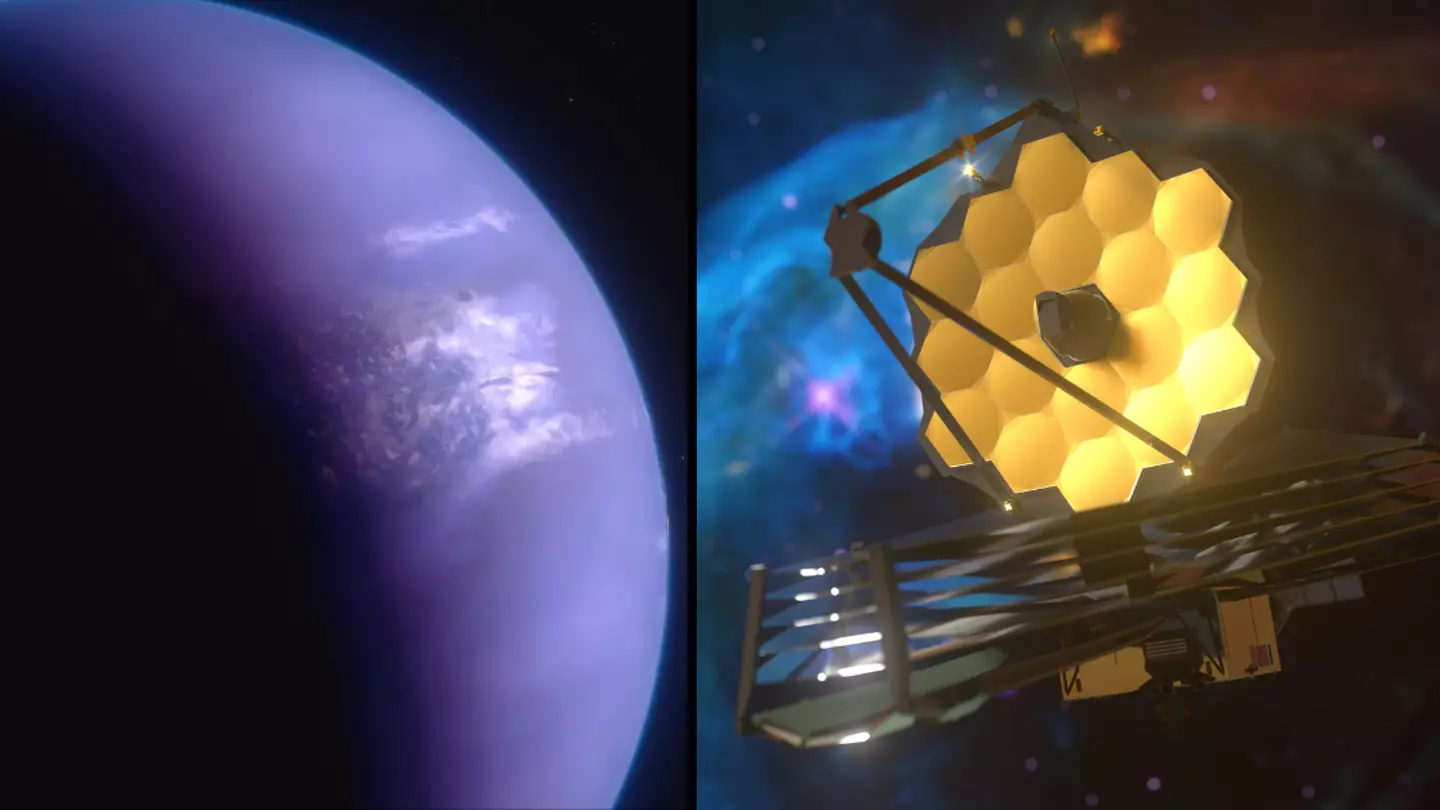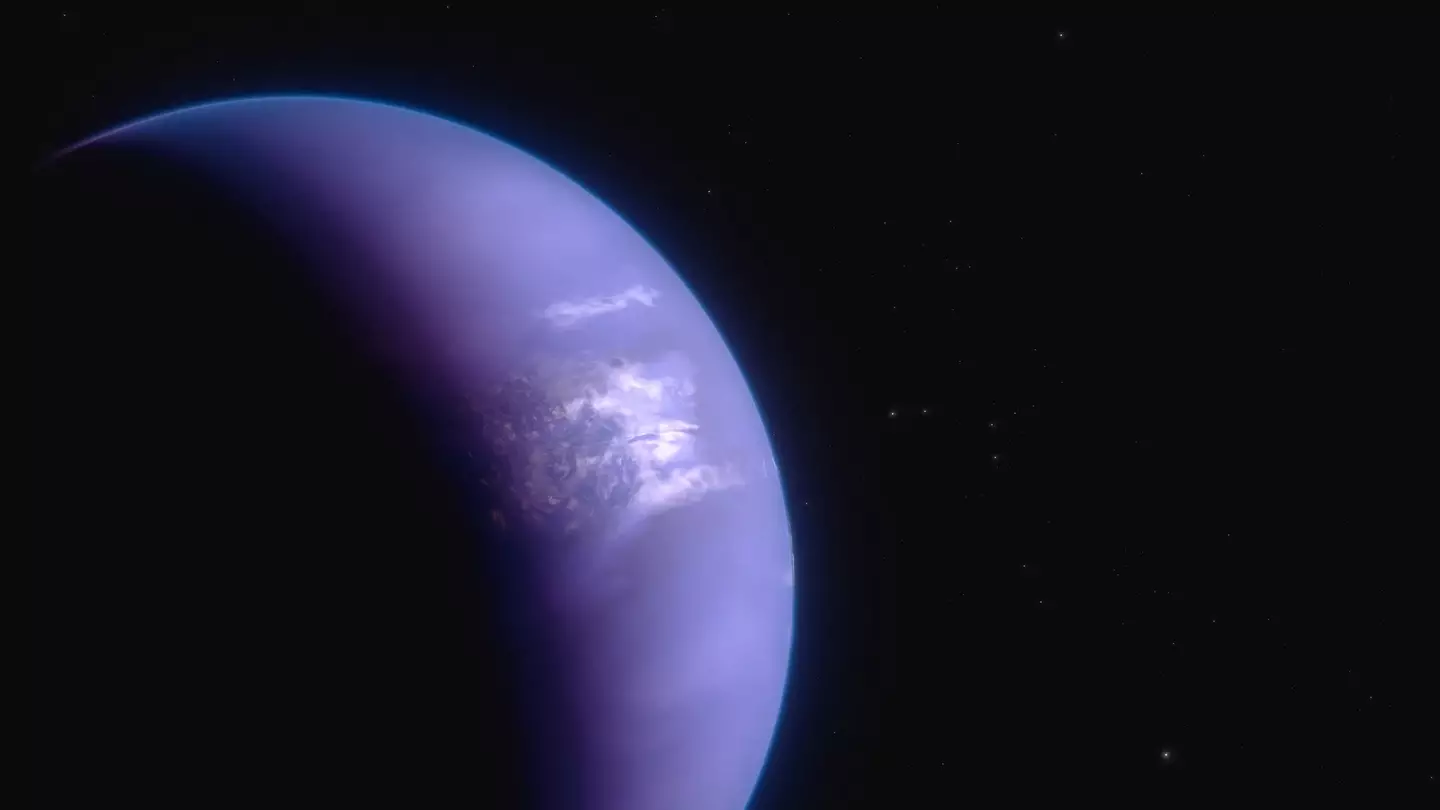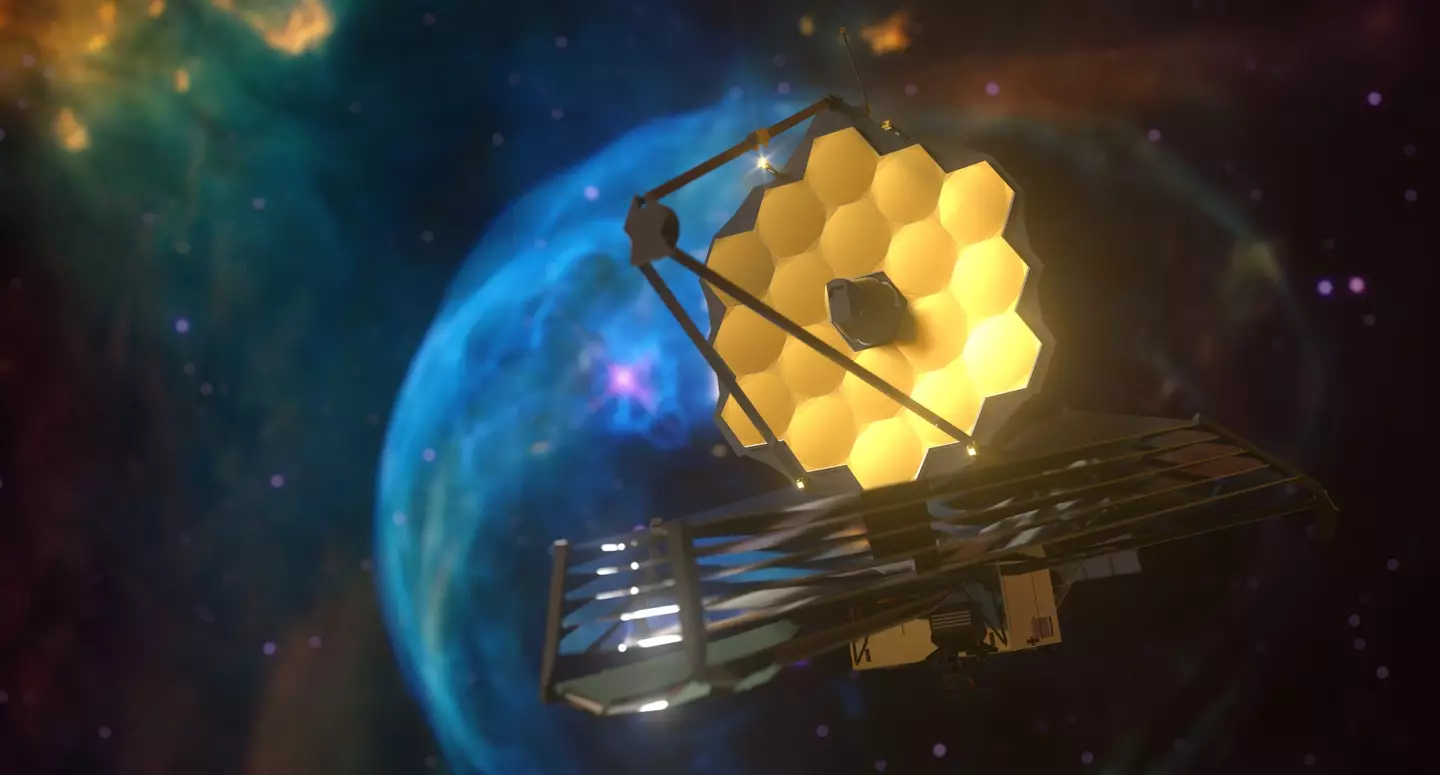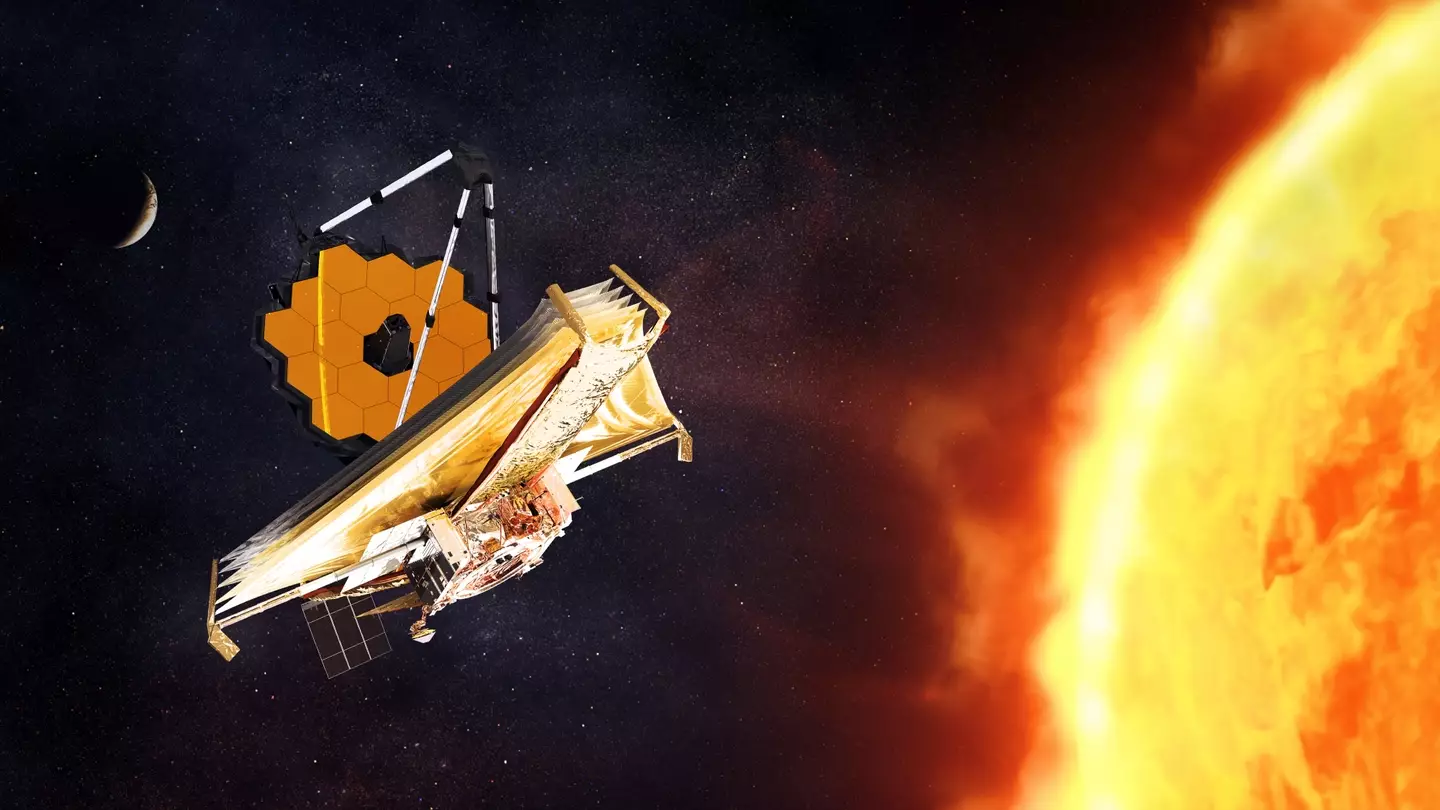
Doing bits in space once again, the James Webb Space Telescope (JWST) has now taken it upon itself to play the role of an intergalactic weatherman.
The super expensive piece of space tech, valued at around $10 billion (£8 million) when constructed by American space agency NASA, has been harnessed by a team of international astronomers looking to harness its powers across the universe.
It's the latest in a short but rich history of cosmic exploration, which includes taking snaps of a nearby moon that looks eerily like Earth.
The JWST is also at the forefront of exploration when it comes to investigating aliens after finding a planet with 'signs of life'.
Advert
It's just one one part of its extraterrestrial scavenger hunt, with its sights also firmly set on seven other planets that could 'unlock the secrets' of organic life somewhere other than Earth.
When it comes to weather, Webb has been mapping exactly what's been going on a massive planet some 280 light years away. That's roughly 164.64 trillion miles from Earth.
The planet, called WASP-43 b, is roughly the same size as Jupiter. Dubbed a 'hot Jupiter' by NASA after being discovered by the Hubble Space Telescope in 2011, the weather forecasts have revealed 1,250C heat and equatorial winds faster than 5,000 miles per hour.
It had all been hidden under massive, thick high clouds covering the nightside of the planet.

That's because WASP-43 b is something called tidally locked; one side of it is constantly baking in the sun of the nearest star while the dark side - which has clear skies - never sees light.
Advert
Webb conducted precise brightness measurements over a broad spectrum of mid-infrared light, combined with 3D climate models and previous observations from other telescopes.
Taylor Bell, researcher from the Bay Area Environmental Research Institute and lead author of a study published on Tuesday (30 April) in Nature Astronomy, said: "With Hubble, we could clearly see that there is water vapour on the dayside. Both Hubble and Spitzer suggested there might be clouds on the nightside.
"But we needed more precise measurements from Webb to really begin mapping the temperature, cloud cover, winds, and more detailed atmospheric composition all the way around the planet."

WASP-43 b takes 19.5 hours to go around its star, with the JWST measuring tiny changes in brightness of the planet and its neighbours.
Advert
Using its state of the art Near-InfraRed Camera (NIRCam), Webb used brightness data captured b NIRCam to calculate the planet’s temperature. The amount of mid-infrared light given off by an object depends largely on how hot it is, which was key to the findings with measurements taken ever 10 seconds for more than 24 hours.
Bell said: "By observing over an entire orbit, we were able to calculate the temperature of different sides of the planet as they rotate into view. From that, we could construct a rough map of temperature across the planet.”
The side of the planet that is continually basking in sunlight has an average temperature of almost 1,250 degrees Celsius, which is hot enough to melt iron and most other metals. The dark side is significantly cooler but still boiling at around 600 degrees Celsius.

The supersonic winds mean that the hot air is thrown around the planet and is happening so fast that methane can't be produced; a chemical that's should be stable and detectable on the dark side.
Advert
Michael Roman, a co-author from the University of Leicester, said: "The fact that we can map temperature in this way is a real testament to Webb’s sensitivity and stability."
Joanna Barstow, a co-author from the Open University, added: "“The fact that we don't see methane tells us that WASP-43b must have wind speeds reaching something like 5,000 miles per hour If winds move gas around from the dayside to the nightside and back again fast enough, there isn’t enough time for the expected chemical reactions to produce detectable amounts of methane on the nightside.”
Featured Image Credit: NASA, ESA, CSA, Ralf Crawford (STScI) / Getty Stock ImagesTopics: James Webb Space Telescope, NASA, Science, Space, Technology, UK News, Weather, World News